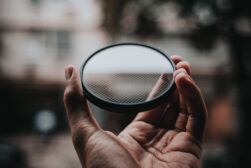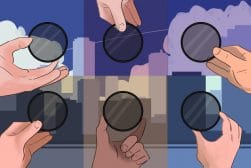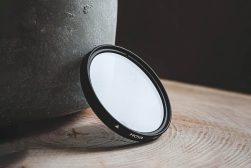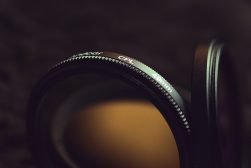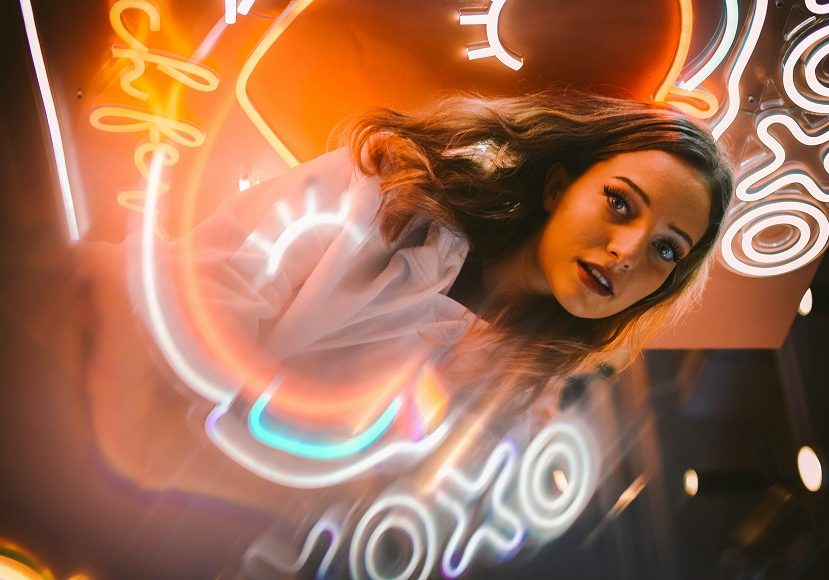
Fractal Photography: How to Add Artistic Flair to Your Photos
Tips and techniques for getting started in fractal photography, from capturing the beauty and complexity of nature to adding a distinctive style to your images.
Learn | By Dana Dekis
Fractal photography is a creative and fun way to add artistic flare to your photos.
Using fractal filters, prism filters, clear glass and various other tools, you can take advantage of optical obstruction to create mesmerising images.
I love to experiment with fractal photography to add unique light flares and reflections to my images.
If you’re a fan of experimental photography or alternative photography techniques like double exposure, light painting or time-lapse, you’ll love shooting with fractals too.
In this guide, I’ll cover the basics of fractal photography and why you should consider trying it.
What Is Fractal Photography?
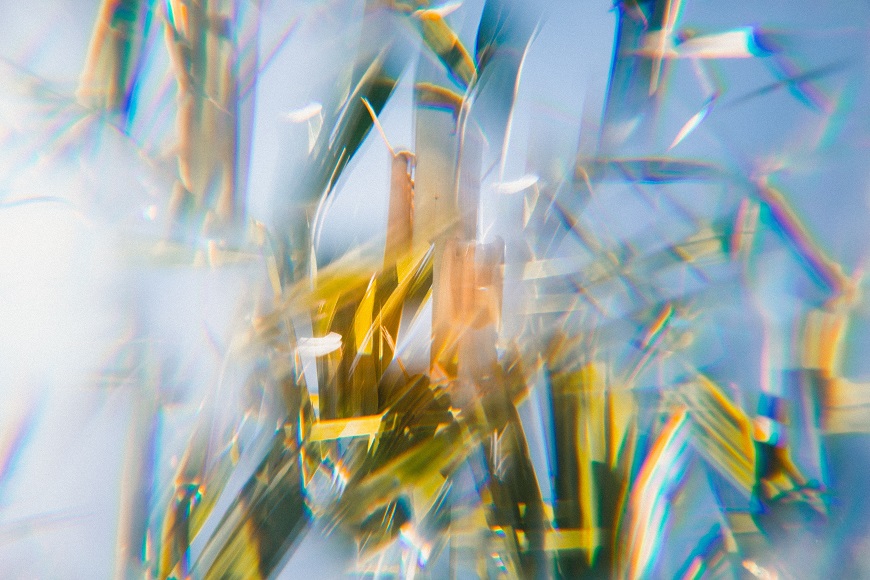
Fractals exist all around us in nature — you can spot them in cloud patterns, flowers, and trees, among other things.
Fractal photography, also known as prism photography, is the art of using a fractal tool to create stunning visuals in your photos by way of light reflections and refractions.
Some examples of fractal tools include prisms and kaleidoscopic lenses, which photographers can leverage to produce beautiful patterns that add depth.
For optimal performance, you’ll want a focal length of at least 40mm and an aperture with a minimum width of f/5.6.
Fractals Explained

Formally defined, a fractal is a geometrical figure where each part has the same character, statically, as the whole.
As noted above, a fractal can be found all around outside — think of photographing macro snowflakes — and using tools like glass prisms.
Prisms are a fantastic tool for fractal photography because they’re not only affordable and easy to use, but they also add a striking level of distortion and textured overlays.
When placed in front of your camera lens, prisms can reflect and refract light to achieve that coveted layered look, so let’s jump into some examples below.
Fractal Photography Examples
If you’re unsure where to start with fractal photography, don’t worry!
An easy way to see the impact it can have on your photos is by centering your subject and placing your fractal of choice over one side of your lens.
Prism filters and fractal filters can also be used for convenience.
You can use your viewfinder to ensure the ideal composition and play around with placement, so let’s dive into some examples.
1. Abstract Self Portraits

Fractal photography is praised for its ability to give photos a unique, abstract vibe.
Take a look at the photo above from Jakob Owens, which uses prism filters to achieve a distorted kind of self portrait with reflection and textures.
This is an ideal example of fractal photography!
How Much Do You REALLY Know About Photography?! 🤔
Test your photography knowledge with this quick quiz!
See how much you really know about photography...

2. Peculiar Perspectives
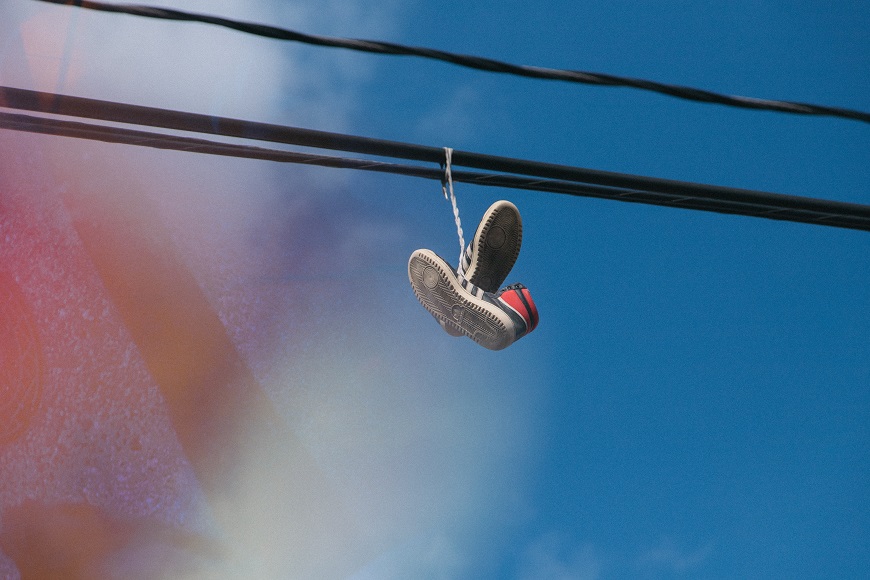
Fractal photography isn’t just a fun way to add some edge to photos, it’s also a great way for photographers who feel a little bored or complacent to renew their passion!
Take this shot above of sneakers on a phone wire, which would be pretty cool on its own.
In yet another shot from expert fractal photographer Jakob Owens, you see how a prism can create a cool effect from the light entering it and bending due to refractive index differences.
3. Subtle Details

I also love fractal photography because of the subtle 60s trippy element it can add to an image.
Because a fractal can alter the proportion of light transmitted when you’re shooting, you can amplify an already fun shot full of sequins and a disco ball with an artistic flair.
4. Visual Interest

Another awesome benefit of fractal photography is the visual interest it adds that ensures individuality.
This shot above from Merlin Lightpainting shows a prism working its magic, adding brilliant reflections to this super funky image.
5. Soothing Patterns
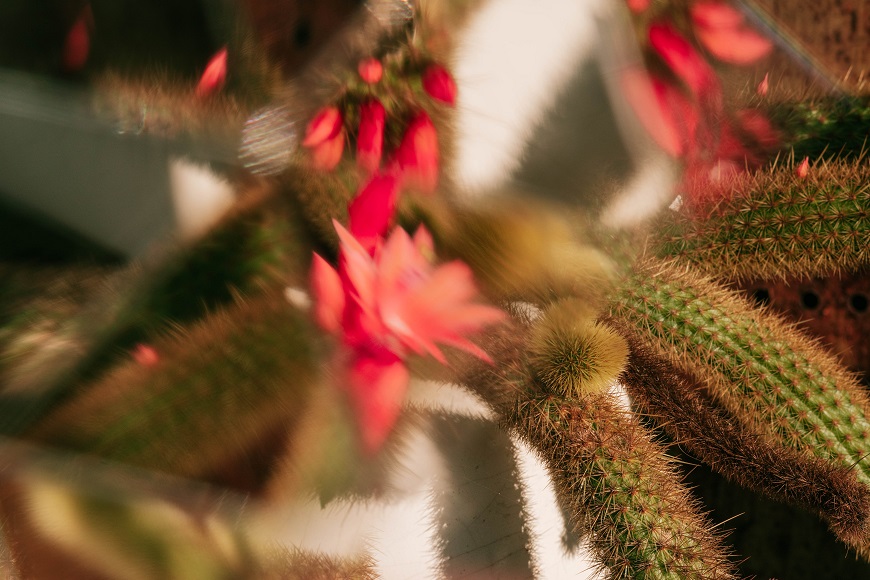
Because fractal photography tends to center on photos that mirror natural patterns, such as tree branches and snowflakes, we innately find them soothing.
Recent research using EEGs to measure our brain waves while viewing fractal patterns found that our brains produced the relaxing kind of brain waves we experience when meditating.
For this reason, it’s not surprising you likely feel at ease when looking at the photo above!
6. Plant Appreciation

As we already know, in nature, fractal patterns are those specific kind of patterns that repeat in branches, leaf veins, and more.
You can also find them in plants, as shown above.
And while fractal photography and prism photography are sometimes used interchangeably, this is fractal photography in its purest form because we’re seeing fractal patterns as they occur naturally without recreating them through prisms or prism filters.
7. Food Appreciation

As stated above, fractal patterns occur naturally in trees and plants, but also in food!
Broccoli and cauliflower are great examples, as shown in the shot above from Pixabay.
8. Shape intricacy
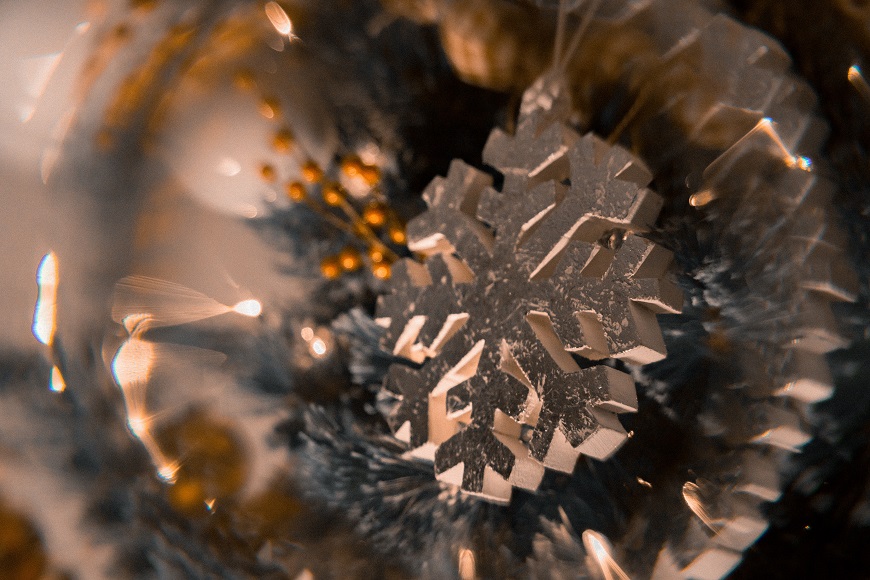
I’ve already called out snowflakes several times as the perfect examples of a fractal, so why not include an image of a decorative snowflake enhanced with a prism?
The abstract artistic flair and tastefully blurred edges shown above make this shot an ideal example of prism photography.
9. Fantastic Fireworks
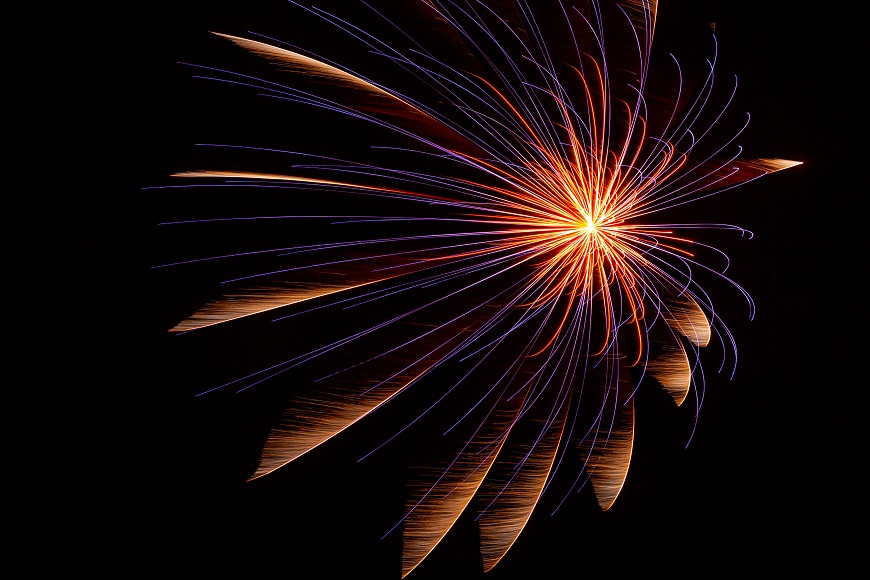
We all know fireworks are great works of art typically seen on holidays.
When used with fractal filters or prisms though, they are truly visual masterpieces, as shown in this shot above from Harrison Macourt.
10. Stunning Stones
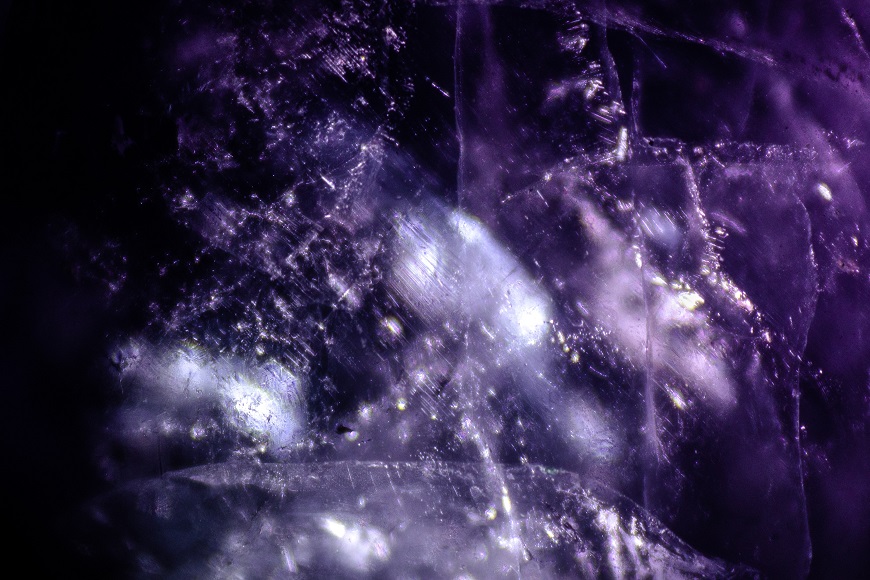
Crystals are gorgeous on their own, but check out this unique perspective on an amethyst crystal above!
Creative shots like this really highlight how beautiful fractal patterns are in the world.
What Is a Fractal Lens?
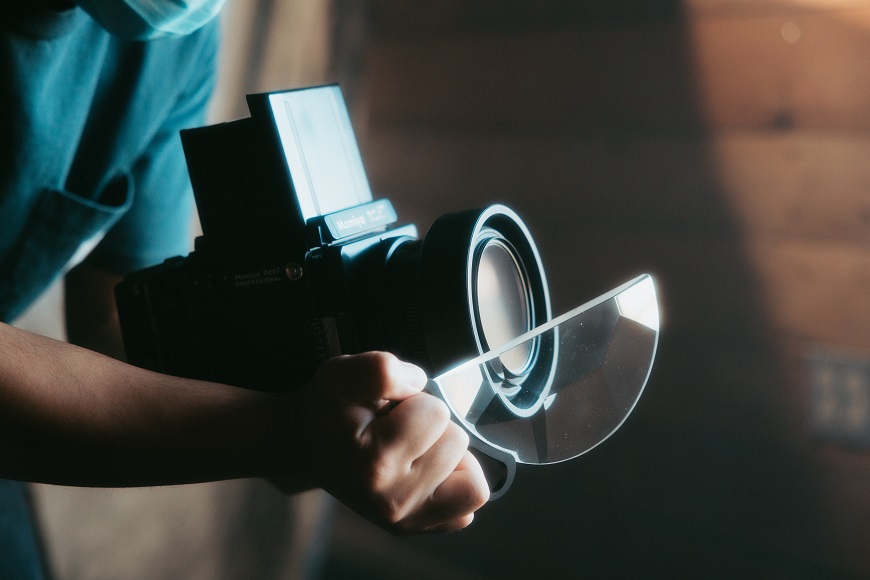
A fractal lens, also known as a fractal filter, is essentially a kind of prismatic filter placed in front of your lens with one hand to achieve those artistic, psychedelic effects shown in the examples above.
Many also include convenient finger loops so you can maintain your grip and enjoy total control while holding it in front of your lens and capturing the perfect kaleidoscope-like look.
What is Refraction?

Refraction is a deflection from a straight path as the result of light passing from one medium to another.
More simply, it’s the bending of light.
As light passes between two mediums, it bends due to a change in speed, which is something fractal filters can also reproduce.
How to Create Fractals in Photography
Creating fractals in photography can be accomplished via a variety of tools, such as fractal filters, prisms, crystal balls, kaleidoscope lenses, and more.
Let’s discuss this in more detail below.
-
Prism Photography

Whether buying online or in-store, make sure your prism is a solid, clear glass prism and not a cheaper plastic model.
A longer model will give more flexibility with placement as well.
By holding the prism over one side of the lens with one hand, you’ll immediately see the impact it has on your shot through your viewfinder.
Play around with how you position it and you’ll soon be in love with the artistic images you’ve created!
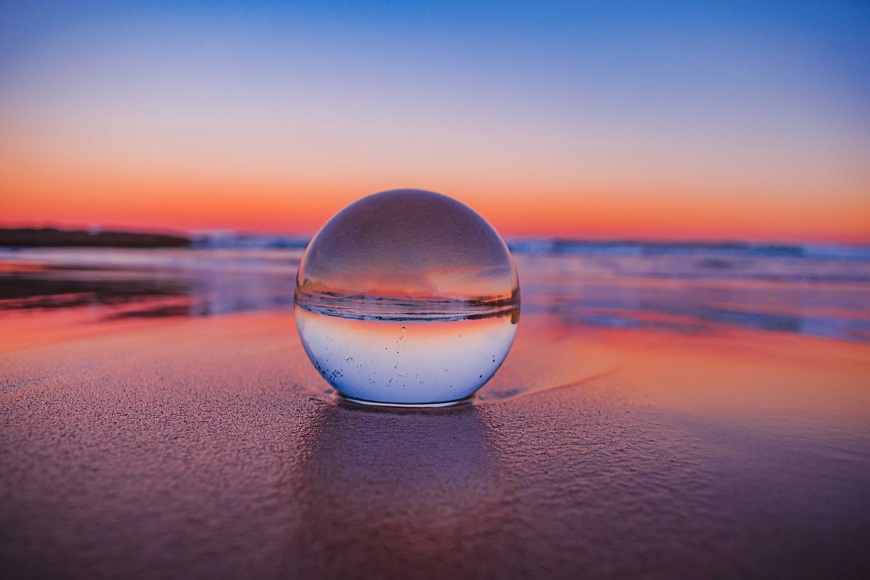
Like prisms, crystal balls can create the distorted look you want.
While prisms and fractal filters are great, crystal balls are unique in that they allow you to take an inverted image.
This basically gives you a gorgeous panorama angle of view that’s similar to a fisheye lens.
-
Kaleidoscope Lens Photography

Finally, we have kaleidoscope lenses.
These lenses create remarkably dynamic visual effects that will leave viewers mesmerized.
The perfect addition to any professional’s toolkit, these lenses create a refracted image in front of your lens to help you exercise your creativity and experiment with some neat perspectives.
Fractal Filters: What They Are and How to Use Them
Fractal filters are brilliant because they let you achieve all the work typically achieved with prisms with greater ease.
As stated earlier, you’ll get optimal performance from your fractal filter from a focal length of at least 40mm and an aperture of at least f/5.6, if not wider.
Most have ergonomic finger loops for handheld control to ensure comfort and stability.
The 3-pack from Get Fractals also comes equipped with PrismaLed optics for enhanced reflective elements.
CinePacks also has an amazing deal on their bundle, which includes multiple crystal filters, a rainbow filter, cinema split filters, and more.
Before I get ahead of myself, let’s talk through the steps of using fractal filters.
Step 1: Selection
Selecting the right fractal filter is the first step.
You’ll want that a has a ring with a thin profile to prevent optical obstruction or vignettes, and ideally, with finger loops for comfort.
Step 2: Placement
This second step may seem obvious, but it’s important.
Once you’ve chosen your subject, make sure it’s centered and place the filter in front of your camera lens to ensure they line up.
While you normally screw filters on, you simply hold the fractal filter in front of the lens.
Most fractal filters will have finger loops for convenience or extension arms for hands-free use.
Step 3: Creativity
You can now get creative and play around with how you angle the filter, which is the main benefit of it being handheld vs. screwed onto your lens.
Once you have the fractal in the ideal position, you can start taking photos.
11 Creative Fractal Photography Ideas
The inspiration for fractal photography is nearly limitless, so let’s dig into some ideas.
1. Innovative Images

The beauty of fractal photography is that it lets you explore your creative expression.
Creative shots that let you isolate a part of your subject’s body while playing with illumination are always a win, as shown in the photo above from Jakob Owens.
2. Pretty Portraits

A moody portrait on its own is mesmerizing enough but when you add some fractal flair, you get the chance to capture captivating visuals that frame your subject’s beauty while also spotlighting the setting, as demonstrated in this gorgeous shot by Tan Kaninthanond.
3. Lovely Landscapes
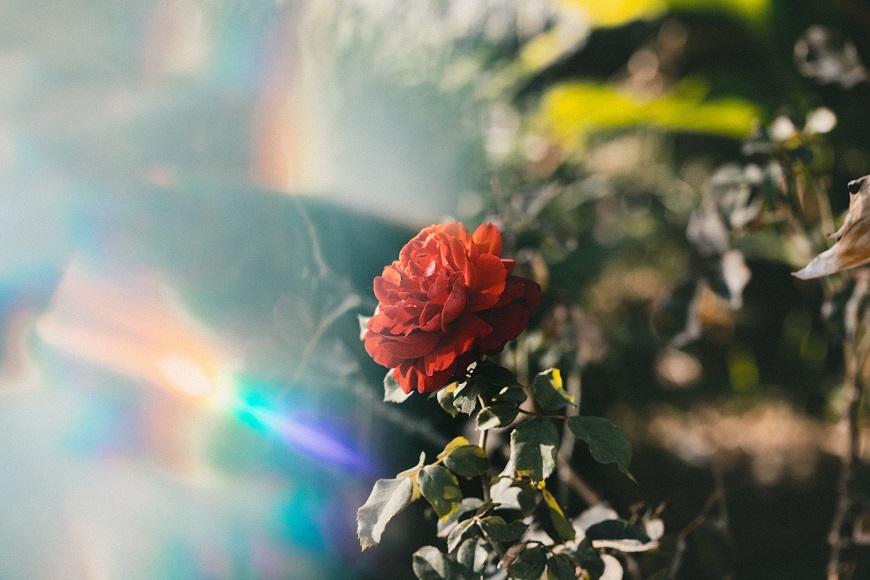
Flowers are naturally stunning based purely on their existence, but when you infuse landscape images with a distinct visual style made possible by a fractal, you get the unique aesthetic shown above.
4. Artistic Architecture
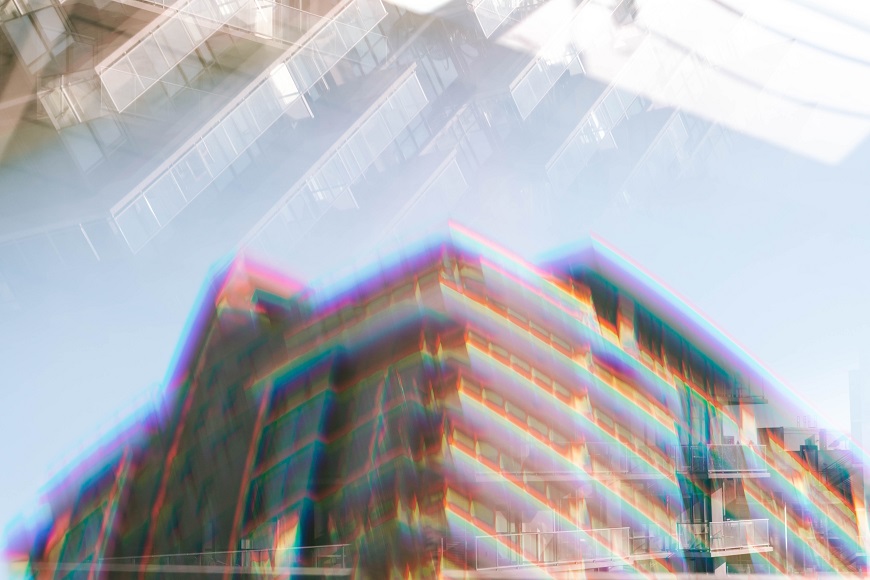
Who doesn’t already love architecture photography?
But when you experiment with prisms, you can add a unique aesthetic that changes how we see beautiful architectural details and the building as a whole while also letting us appreciate cool effects from varying wavelengths in the refractive index, as shown in the shot above by Megan Nixon.
5. Stimulating Street Photos
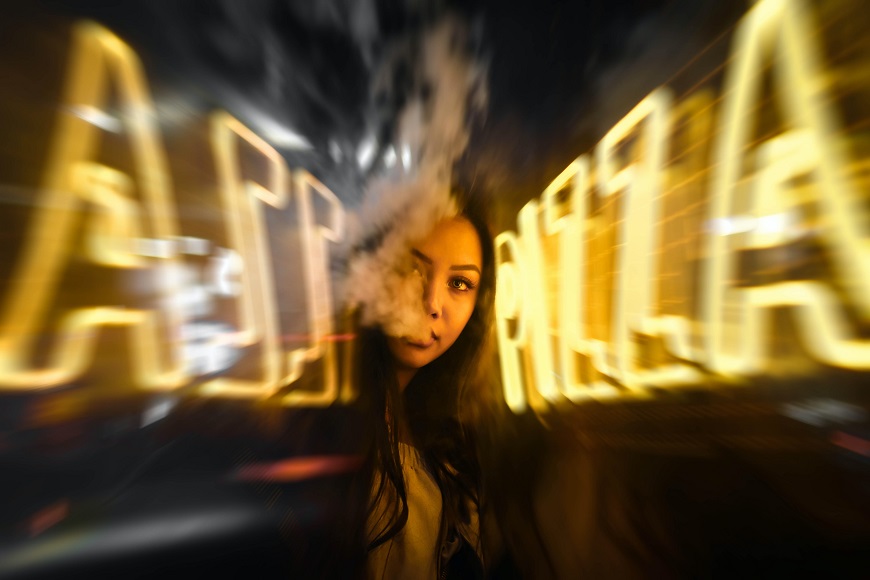
Street photography gets a boost in its wow factor when you look at it from a fractal filter or with a clear glass prism.
Smoke exiting your subject’s mouth is fairly artistic in its own right, but when combined with a fractal, you now have illuminated signage framing the subject for some awesome layering that would make even Warhol jealous.
6. Holiday Shots
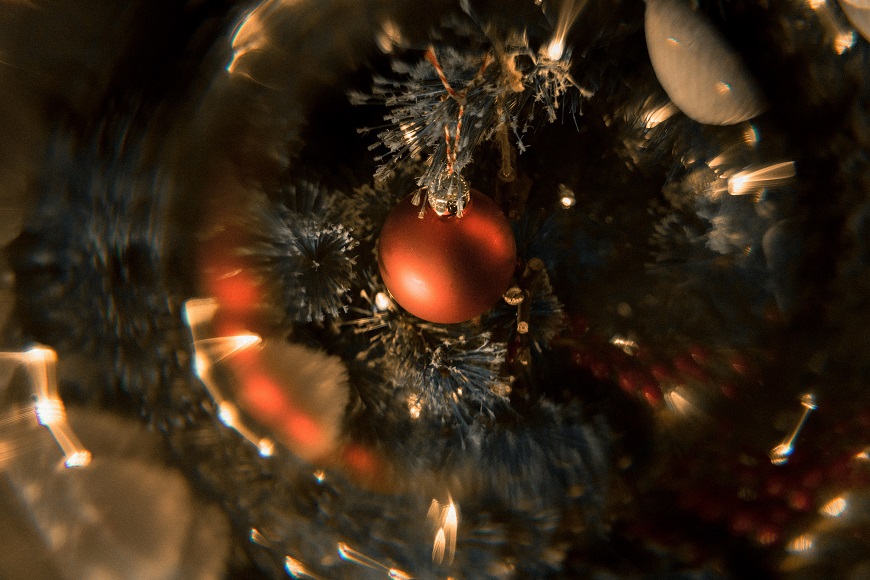
Capturing holiday decorations will instantly send your viewer on a sentimental journey.
A fractal of your choice will make the perfect addition when capturing the vibrant colors and textures of Christmas trees and ornaments or menorahs and so on.
Check out another beauty from Jakob Owens above, which is able to frame the ornament perfectly and add a fun abstract element.
7. Escaping the Everyday
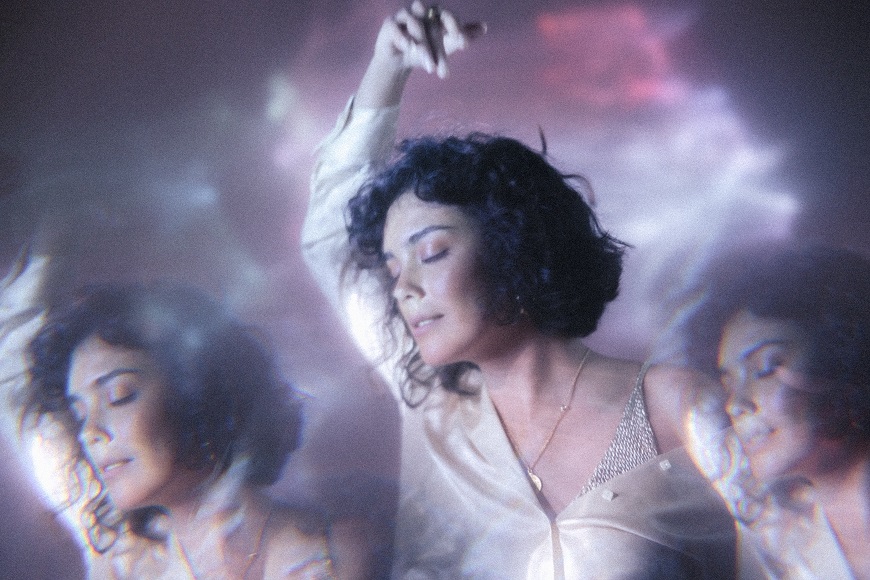
Photographers are always seeking exciting ways to elevate their images.
This shot above shows how a fractal or fractal filter can be a total game changer when shooting everyday subjects or objects in perhaps ordinary settings.
8. Fellow Photographers in the Wild
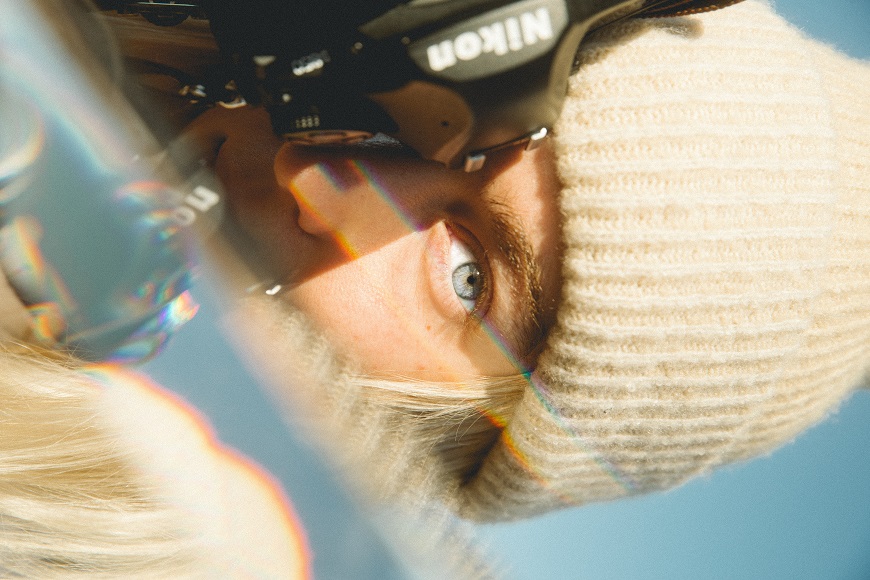
A fractal or fractal filter can truly transform your portfolio, especially when showing others in your industry with interesting details as Jack Delulio does above.
Whether it’s his significant other or a coworker, capturing a day in the life with a fractal from this angle helps bring this image outside the box.
9. Pretty Portraits

Many photographers want to help their pictures stand out in the sea of lifestyle photography.
And while the moody lighting and interesting angle certainly help transform this photo by Alonso Reyes, so does the use of a prism or filter!
10. Scenic Sculptures
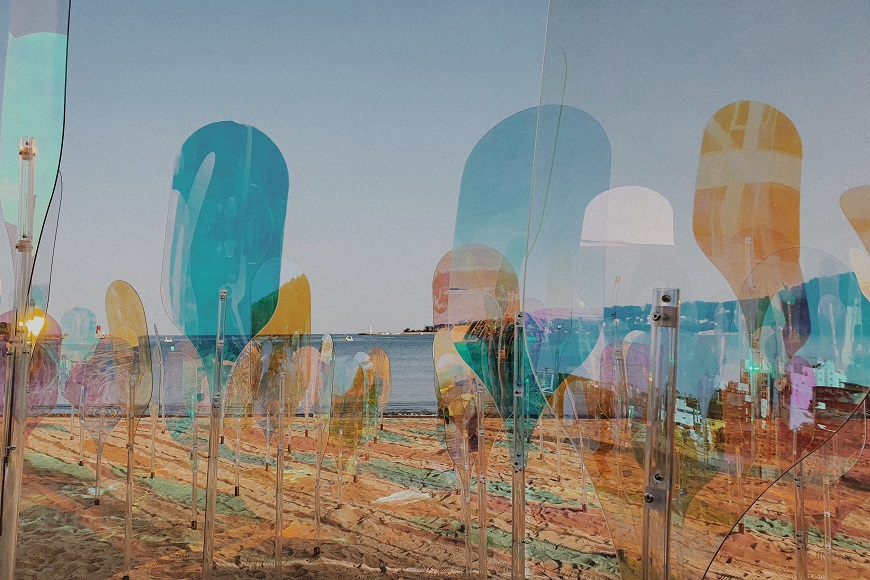
The objects shown here are already eye-catching, but when used with the prism or filter this photographer used, the distorted effect really enhances things!
Many photographers hope to find fun scenes like this out and about, but these glass sculptures in Gijang-gun by Chɑɒµͻ seem to make for a one-of-a-kind shot.
11. Natural Beauty

Another interesting thing about fractal photography is that not every photographer thinks of it the same way.
Purists may think this style of photography means capturing these patterns that already exist around us, while others would interpret it as using modern tools and equipment to add an artistic, abstract vibe to their pictures.
This photo by Natalia Trofimova has an equally simplistic and beautiful approach to the art form.
FAQ
What are fractal filters?
As discussed above, fractal filters are prismatic filters placed in front of your camera to achieve artistic blurring and a dreamlike aesthetic.
Is there fractal photography software?
Yes, there is an abundance of fractal photography software out there, including FractalNow, Ultra Fractals, and more.

Check out these 8 essential tools to help you succeed as a professional photographer.
Includes limited-time discounts.






